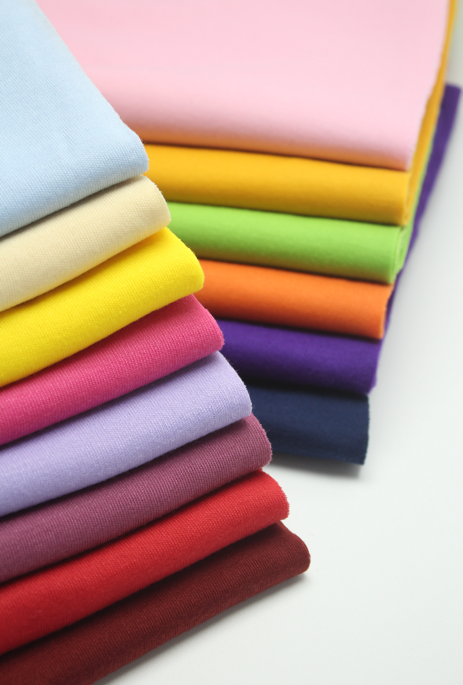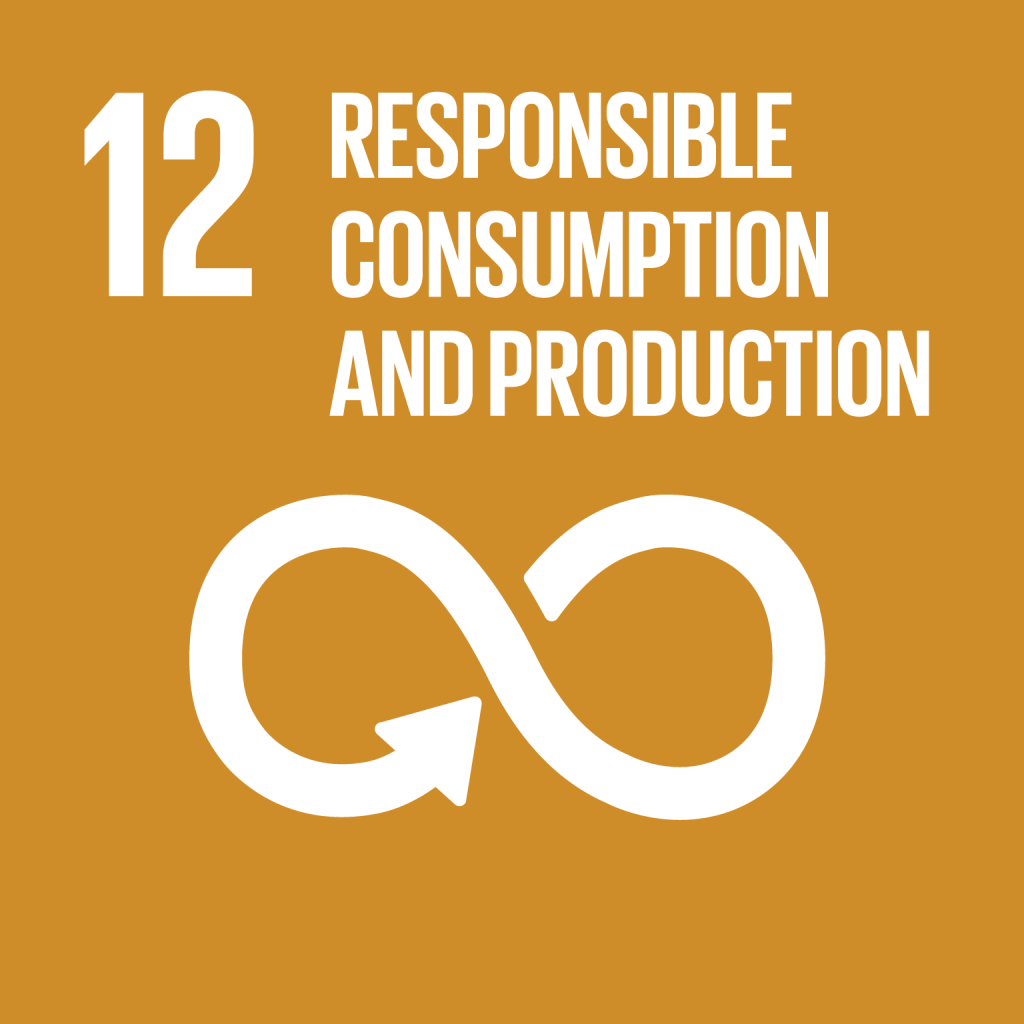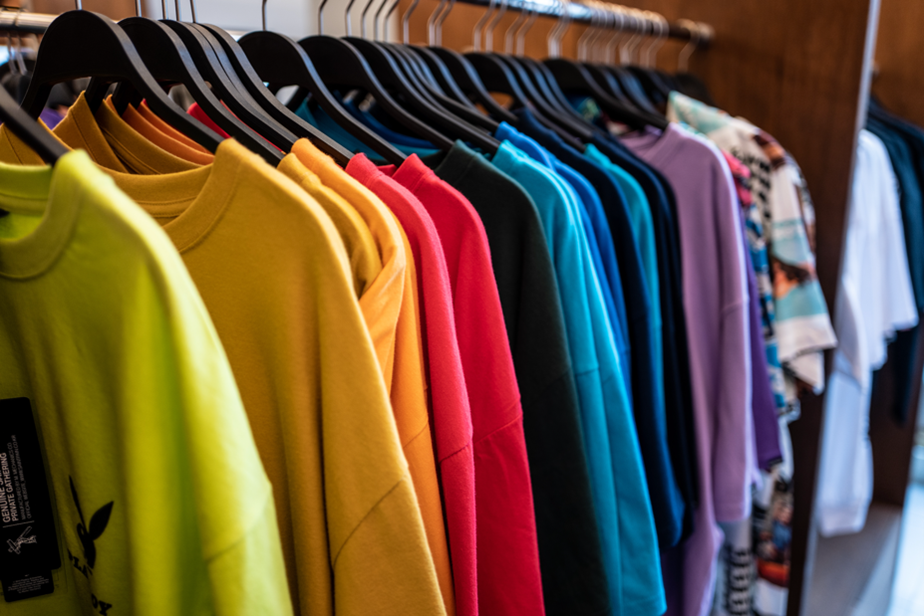Written by Damla Karaaslan, on behalf of Green Pea.
As clothing retailers work to satisfy the ever-changing needs of consumers, the topic of fast fashion has become prominent now more so than ever. The digital age is facilitating trend cycles speeding up, which is subsequently leading to a detrimental impact on our environment. According to the UNEP the fast fashion industry is the second-biggest consumer of water and is responsible for 2-8 percent of global carbon emissions. The industry also accounts for 8-10% of global carbon emissions.
What is fast fashion?
Fast fashion is a broad term used to refer to mass production of recent catwalk trends and high-fashion designs. Due to the nature of consumer needs, retailers work to produce items when demand is at its highest. This often leads to low-cost production and thus greater reliance of low-cost labour.
The Origins of Fast Fashion
Clothing production has not always been as efficient and quick as it is seen to be today. Creating quality items of clothing used to be both laborious and time-consuming. Arguably, the industrial revolution marked the beginning of mass production by paving the way for new technology such as sewing machines.
Natural vs. Synthetic Fibres

Common natural fibres include; silk, wool, cotton, linen and wool. These are known as the first-generation fibres and have served man’s textile needs for thousands of years. They are generally regarded as environmentally friendly and durable. Natural fibres possess qualities such as high rates of absorbency, and durability due to the structure of cellulose which makes up natural materials. They are known to be more environmentally friendly than synthetic fibres as they use less chemicals in the production process.
Common synthetic fibres include; polyester, rayon, spandex, acrylic fibres, and microfibers. They are inorganically man-made fibres, made from chemicals based in oil products. The first fully synthetic fibre was glass, invented in the early 1880s. With the second being ‘artificial silk’. The production of these fibres grew drastically during World War II, and satisfied consumers need for cheaper clothing. Unfortunately, synthetic fibres have detrimental impacts on the environment, they are non-biodegradable and create long-term pollution. The fibres also taint water bodies, ‘simply washing synthetic materials can release around 700,000 individual microfibers into the water!’. It is estimated that 35% of all microplastics in the ocean come from the laundering of synthetic textiles.
Environmental Impact
The environmental impact of fast fashion is vast, it includes the depletion of non-renewable sources, use of water and energy and emission of greenhouse gases. It is estimated that the fashion industry currently uses around 93 billion cubic metres of water per year, with it taking 2,700 litres to make one cotton t-shirt.

My Opinion
I believe that due to the growth of social media and the subsequent rise of influencers, people have come to believe that purchasing an item only to wear it a couple of times is okay. As mass production increases and the price for clothing decreases, more and more people are engaging in patterns of over-consumption. Cheap websites facilitate the act of purchasing clothing, with perks such as ‘next day delivery’ and ‘free shipping’ working to entice the customer more. Influencers, celebrities, and models working with brands pave the way for new trends, only to be replicated by consumers, and thus mass produced by manufacturers.
People often use the phrase ‘no ethical consumption under capitalism’ to justify excessive purchases and unethical choices. There are undeniably consequences that occur regardless of where you choose to purchase your clothing. However, some options are miles better than others and it is important to recognise this when choosing a store.
A Positive Light
Many companies are beginning to recognise the importance of sustainability and making promises to reduce their environmental impact. For example, Zara recently announced a new series of sustainability initiatives including the goal for 100 percent of its cotton, linen, and polyester to be sustainable by 2025. Whilst H&M has committed to 100 percent of materials and products to be recycled or sustainably sourced by 2030. This is important as these stores are two of the biggest players within the fast fashion industry. However, it is important to recognise that brands need to be actively trying to reach these goals instead of just stating that they are ‘trying to’.

How You Can Help
1. Buy less often, and buy high quality
Buying into new trends is often tempting but engaging in every new trend has vast environmental impacts. Purchasing quality items made to last is both more functional and sustainable.
2. Reduce clothing waste
Donating clothing or selling is much better than letting it go directly to landfill. Although it is important to avoid donating clothing only to make room for buying tons more.
3. Shopping from ethical brands
Whilst it may be hard to find a clothing brand that is 100 percent sustainable, avoiding brands that mass produce low-cost items is important. Looking for brands that are 100 percent transparent in their practices helps you get a better understanding of how sustainable they are. Furthermore, it allows you to see the production process from start to finish, from the sourcing of materials to the final product. Taking place on Tuesday
Loughborough’s Sustainable Fashion Show!

Taking place on Tuesday 14 March, Loughborough Students’ Union is proud to announce their first ever Sustainable Fashion Show on campus. The pieces that are showcased will have been created by Loughborough’s very own students and will take place in The Basement in the Students’ Union. Attending this event will allow you to see creations that are both innovative and sustainable. It will showcase how you can be imaginative when it comes to repurposing fabrics.

This article is in support of the United Nations Sustainable Development Goal 12: Responsible Consumption and Production. To read more click here.


